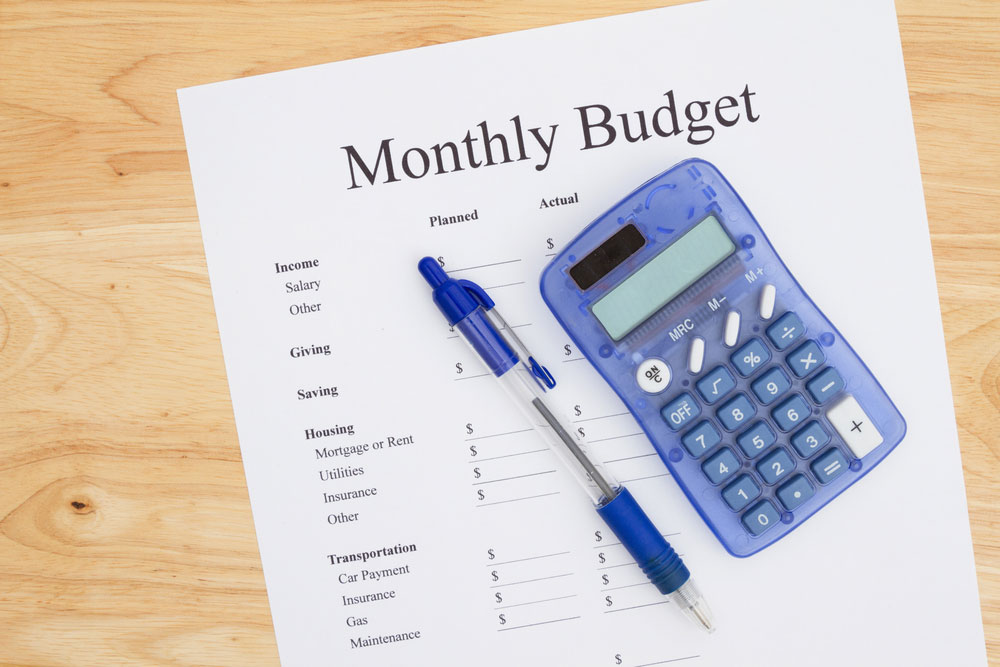Purchasing a pre-owned vehicle can be both exciting and daunting. While buying used cars offers significant savings compared to new models, it also comes with risks such as hidden defects or overpaying. However, with proper research and preparation, you can drive away in a reliable car at a great price. In this guide, we’ll walk you through essential steps to ensure you make a smart investment without falling for scams or unfair deals.
1. Determine Your Budget

Before you start shopping, establish a clear budget for your used car purchase. Consider not only the price of the car but also additional costs like taxes, insurance, and maintenance. Decide whether you’ll pay in cash or finance the vehicle. If you’re financing, get pre-approved for a loan to understand your spending limits and negotiate better terms.
2. Research the Best Models for Your Needs
Each car model offers different benefits, from fuel efficiency to safety features. Research vehicles that suit your lifestyle and compare their reliability, resale value, and operating costs. Websites like Kelley Blue Book and Edmunds provide valuable insights into various models, including pros and cons, customer reviews, and market prices.
3. Verify the Vehicle’s History
One crucial step in buying a used car is checking its history. A vehicle history report (VHR) from services like Carfax or AutoCheck will reveal important details such as accident history, previous owners, and service records. Avoid cars with a history of major collisions, flood damage, or salvage titles as they could lead to costly repairs later.
4. Inspect the Car Thoroughly
A visual inspection can uncover potential issues before you commit. Check the exterior for dents, scratches, or mismatched paint. Inspect the tires for even wear and tread depth. Inside the car, test all features, including the air conditioning, lights, and sound system. Look for any signs of water damage, such as damp carpets or musty odors.
5. Test Drive the Vehicle
A test drive is your opportunity to evaluate the car’s performance and comfort. Drive on various road conditions, including highways, to assess the engine’s power and transmission smoothness. Listen for unusual noises such as rattling or grinding, which could indicate mechanical problems. Pay attention to the brakes, steering, and suspension to ensure a safe and smooth ride.
6. Hire a Professional Mechanic for a Pre-Purchase Inspection
Even if a car seems perfect, it’s wise to have it inspected by a trusted mechanic. A pre-purchase inspection can identify hidden mechanical or structural issues that may not be visible during a test drive. This step might cost you around $100-$200 but could save you from expensive repairs later.
7. Negotiate Like a Pro
Negotiation is a critical part of buying a used car. Start by offering a price slightly lower than your maximum budget, leaving room for flexibility. Use your research to back up your offer, pointing out any flaws or necessary repairs. Be prepared to walk away if the seller refuses to budge, as there are plenty of other options available.
8. Beware of Scams and Fraudulent Sellers
When shopping for a used car, especially online, stay vigilant against scams. Avoid deals that seem too good to be true or sellers who pressure you to act quickly. Always meet in a safe, public location and verify the seller’s identity. If you’re buying from a private seller, ensure they have the car’s title and that it matches their name.
9. Understand the Paperwork
Proper documentation is crucial when buying a used car. Ensure the title is clean and transferred to your name without any liens. Review the bill of sale to confirm the agreed price and any warranties or guarantees. For added security, check your state’s requirements for registering the vehicle and paying applicable fees.
10. Consider Certified Pre-Owned (CPO) Vehicles
Certified pre-owned cars offer an excellent balance between affordability and peace of mind. These vehicles are typically inspected, refurbished, and sold by dealerships with extended warranties. While CPO cars may cost slightly more than standard used cars, they often come with added benefits like roadside assistance and free maintenance.
11. Look for Red Flags in Online Listings
Online platforms such as Craigslist, Facebook Marketplace, or AutoTrader are popular places to find used cars. However, listings with vague descriptions, no photos, or inconsistent details should raise concerns. Ask the seller for additional information and photos if needed, and avoid making any payments before seeing the car in person.
12. Be Wary of “As-Is” Sales
Some used cars are sold “as-is,” meaning the seller provides no guarantees or warranties. While these deals can be cheaper, they come with higher risks. Carefully inspect such vehicles and ensure you’re comfortable with potential repairs. If possible, negotiate for a short warranty or a return period to safeguard your investment.
13. Compare Prices in Your Area
Use online tools to compare prices for similar models in your region. This will help you determine whether a seller’s asking price is fair. Pay attention to factors like mileage, year, and condition when making comparisons. Don’t hesitate to travel to nearby cities for better deals if the savings justify the trip.
14. Review the Seller’s Reputation
If you’re purchasing from a dealership, read customer reviews and ratings to assess their reliability. Look for any recurring complaints, such as hidden fees or poor after-sales service. For private sellers, trust your instincts—if something feels off, it’s better to walk away.
15. Finalize the Deal and Drive Away Confidently

Once you’ve found the right car and agreed on a price, complete the necessary paperwork and payments. Don’t forget to update your insurance policy and register the vehicle in your name promptly. With all the steps carefully followed, you can enjoy your new ride without worrying about hidden surprises.
Conclusion
Buying a used car can be a smooth and rewarding experience when approached with knowledge and caution. By setting a clear budget, researching thoroughly, and following the tips outlined in this guide, you can find a reliable vehicle that fits your needs and budget. Remember, patience and diligence are key to avoiding costly mistakes. Drive safely and enjoy your new ride!

Leave a Reply